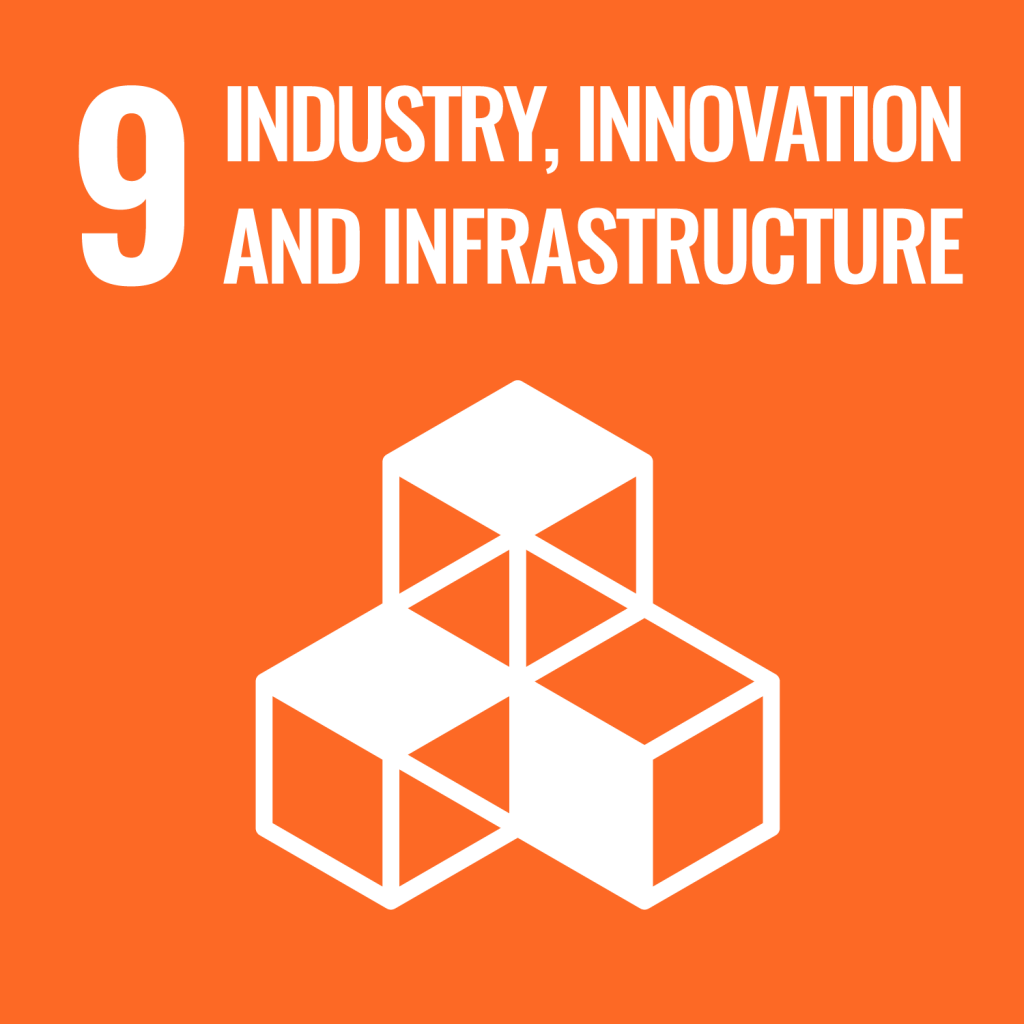The New Farm
Micro (1-9)
Primary
Agriculture
Lesson
Nurture personal contact and relationships to cultivate partnerships with values-aligned partners and customers, to cover premium, or supplier-set, prices, and to access profitable markets. Use business storytelling to educate individuals and other businesses, as well as to advocate for policy change.
Background
The New Farm is owned and operated by Brent Preston and Gillian Flies. The New Farm began fifteen years ago with a commitment to organic farming practices and with a mission of having a positive impact on climate change. They recognized the importance of soil health, which they deem essential to create a high-quality product that can then be sold for a higher price on the market. They noticed that healthy soils not only results in better products, but also reduces input costs such as fertilizer, pesticides, weeding, disease pressure, etc. The New Farm began with basic practices such as cover cropping, the process of which has evolved over the years. They have also implemented practices such as reduced tillage, reduced disturbance of soil, and integrating grazing animals.
The sales model started as selling primarily to farmers markets locally and some restaurants. However, the model adapted with time and now The New Farm has a completely wholesale model. They also developed their fundraising capacity, initially asking customers to donate money to send vegetables to the local food bank and eventually holding a major annual fundraiser which includes corporate partnerships. Gillian and Brent emphasize the value of short supply chains, and the ‘old school’ relationship building that is involved, and note that the business wouldn’t work any other way.





Sustainability Story
Since adopting regenerative farming practices, they continually design and implement new regenerative agricultural methods, using their employees for support with new practices and suggestions. They are also involved in, and leading, regional farming organizations such as the Ecological Farmers Association of Ontario and the Canadian Organic Growers. Further, they are involved in a national coalition of farmers called Farmers for Climate Solutions. Within the farming community, they use collaborative, open processes of sharing information, comparing practices, seeing presentations, and attending conferences. In addition, they liaise with a community of chefs who buy their produce, some of which have adopted their own restaurant gardens by learning about The New Farm’s soil health practices.
Storytelling is an important part of their business, as they have a short supply chain and are therefore close to end consumers, who care about their sustainability practices. They believe that it is “worth money” for their farming practice story to be passed along from farm to restaurant to staff to consumers. In addition, when starting the business, they knew that they wanted to sell locally and did not want long supply chains. On top of sustainability incentives, they note that there is no business advantage to selling out of province or outside of Canada. They also knew from the start that they wanted to have zero or reduced packaging waste, so they started packing everything in reusable containers.
The New Farm Practices
| Restoring Soil Health Regenerative Farm | Agriculture Community Education |
|---|---|
| Continual increase of microorganisms in soil over time; Improved organic matter and greater absorption of carbon by farm soil | Use business storytelling to demonstrate the importance of policy changes in farming association meetings with the government. Use marketing and communications to communicate how regenerative agriculture works |
Pathway Map
Agriculture Community Education
View the Pathway MapRestoring Soil Health Regenerative Farm
View the Pathway MapEnabling Factors for Practices
| Internal to the organization | External to the organization |
|---|---|
| Values: co-owners who shared an ideological commitment to organic farming and a mission of reducing climate change from the beginning of the business. | 3rd party organic certifying body: Provided certification needed to enter national organic association |
| Values-aligned customers: Pay premium for organic produce, actively help firm find new markets |
Arresting Factors for Practices
| External to the organization | |
|---|---|
| University and government agricultural departments: Knowledge shared is focused on conventional farming, not regenerative or sustainable farming, through very few extension service officers. | |
| Geographic location of partners: Potential partners and community members not based in rural farming areas. | |
| Macroeconomic agricultural policy favours commercial farming that externalizes costs, creating price disadvantage. |
